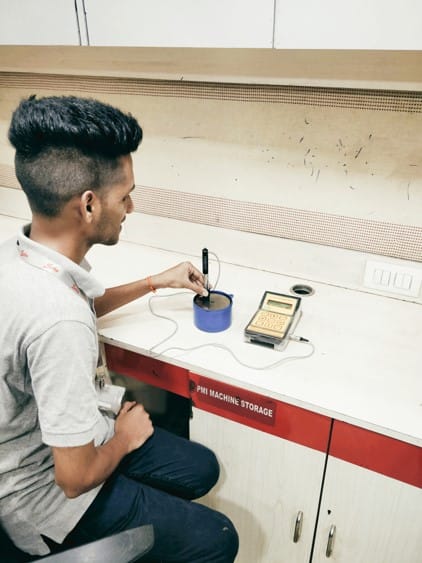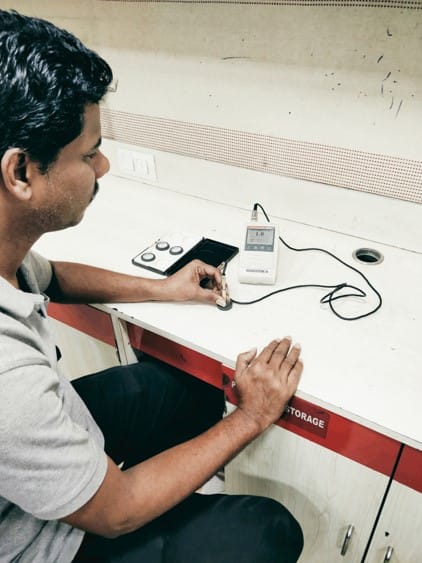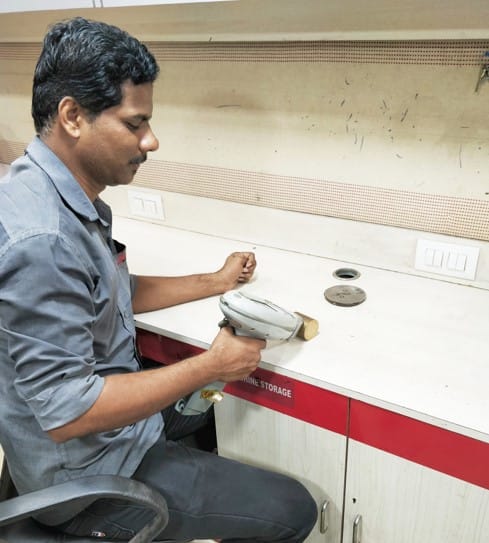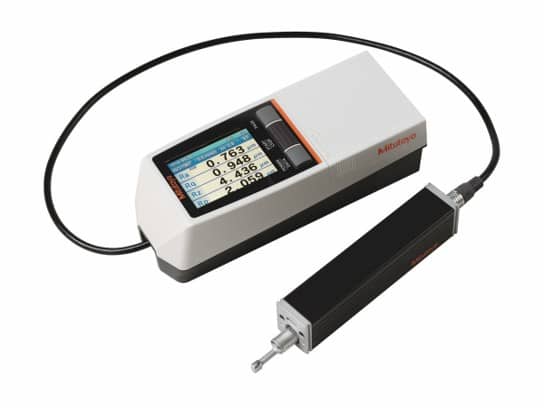On-Site Metallographic Testing
On-site metallographic testing and analysis services can help you optimise the material selection, monitor real-time component conditions, and discover possible or existent damage early on, preventing costly failures and extending the life of your equipment.
There are many tests performed Under Onsite Testing
- Checking the grade of materials (PMI),
- Hardness (Portable Hardness),
- Ferrite contents (Ferrite scope),
- surface finish quality (Surface Finish tester),
- flow of structure of materials (In-Situ Metallography)
Checking grade of materials (PMI)
Positive Material Identification (PMI) is the analysis of a material, this can be any material but is generally used for the analysis of metallic alloy to establish composition by reading the quantities by percentage of its constituent elements.
Ferrite Testing–
The Ferrite Content in austenitic or duplex steel affects its ability to withstand heat, hostile substances, and high pressure. Chemical plants, energy utilities, and process engineering plants, for example, all require onsite measurements. The ferrite content of all of these locations can be easily detected using a variety of probes.
Ferroxyl Test – Iron Contamination Test–
Ferroxyl test is used on stainless steel to detect iron contamination, including iron-tool marks, residual-iron salts from pickling solutions, iron dust, iron deposits in welds, and embedded iron or iron oxide.
Surface Roughness Test–
The built-in, colour LCD display on the Mitutoyo Surface Roughness measuring instrument allows users to view surface roughness waveforms. The instrument can perform measurements in any orientation, including vertical and upside-down. Optional accessories, such as a height gauge adapter, allow for accurate measurements in a variety of situations.




Previous
Next
Portable Hardness Test
Hardness testers such as Rockwell, Brinell, and Vickers require the test piece to be brought to the testing device, which is not always possible. Portable testing devices that allow in-situ hardness measurements have been developed, providing a quick and cost-effective alternative to traditional, stationary testing machines. There are two physical methods that are particularly well-known in the practical field and are widely used in a variety of applications.
In Situ Metallography
Microstructure analysis on actual products on-site is performed using a replica metallographic technique in this test. Several grinding steps will be used to prepare the material for microstructure evaluation, with progressively higher finishes in each step, followed by either mechanical or electrolytic polishing. The final polishing step will leave the surface with a mirror finish, allowing an etchant to develop the microstructure’s characteristics.

